During the past week, Americans have been reminded of the awful events of September 11, 2001. The artist Spencer Finch (b. 1962, New Haven), was the only artist commissioned to create a work for the New York City memorial. “Trying to remember the color of the sky on that September Morning” is installed on a wall of the Memorial Hall that connects the main exhibitions with the bedrock in the Museum. Finch commented on the piece: “I don’t know if it’s going to be successful. But I feel that if I just do it in an honest way and work hard, maybe it will be. As an artist, I don’t feel like my motives are always pure. But I feel that they’re pretty pure here. I’m a New Yorker, and I was here that day.”
When asked about the attack that morning, those who responded described the sky as a clear blue. Finch lives and works in Brooklyn. The work consists of 2,983 one-foot-by-one-foot squares that Finch hand painted on Fabriano watercolor paper. Each is a different shade of blue to commemorate each individual who died that day and in the 1983 bombing in the garage of the World Trade Center. Across the blue squares is an inscription from Virgil’s Aeneid that reads: “No Day Shall Erase You From the Memory of Time.” The letters were forged by New Mexico artist Tom Joyce with used metal salvaged from the World Trade Center. The blue squares are hung individually in the manner of the hundreds of missing person notices posted all over New York City for weeks after 9/11.
Spencer Finch was selected to create the memorial piece because of his previous works that were about time and light, and more importantly about memory. After graduating in 1989 with a Masters in Fine Arts from the Rhode Island School of Design, Finch discovered his subject: light and color in combination with time and space. Beyond direct observation and photography, he often uses a colorimeter that measures color and temperature of light, and an anemometer that measure the wind. His art may include drawing, watercolor, video, glass, fluorescent light, and even scotch tape. The results are ephemeral and poetic. His art allows viewers both the space and the time to reflect and experience personal memories.
Finch’s themes and influences are eclectic and include a range of natural phenomena: dawn, sunrise, sunset, moonrise, and fog. He visits specific locations such as Freud’s office in Vienna, the OK Corral, Loch Ness, Niagara Falls, and Yellowstone Park to record the color and light and to soak up experiences. His interest in literature led him Emily Dickinson’s house in Amherst, where she lived her entire life, often in seclusion. “Sunlight in an Empty Room, Emily Dickinson’s Bedroom” (2004) (10 feet high by 16.6 feet wide) records, with time lapse photography, a day-long path of sunlight crossing her bedroom. A Dickinson poem (1861) begins, “There is a certain slant of sunlight…” Dickinson said she wrote the poem, “before I get my eyes put out.” Finch remarked, “She took things that the rest of us would ignore–something as simple as this breeze blowing through her window–as a springboard for a meditation on something much bigger.” The work is one of several works inspired by Dickinson.
“There is Another Sky” (2018) is inspired by another line from a Dickinson poem about the sky, sun, and forests. The work is intended to give the viewer a sense of walking under a forest canopy, as viewers look up as cross the floor of the new extension of Amazon headquarters in Seattle. Finch is an avid gardener and has created pieces such as “Falling Cherry Blossoms” (2019), “Bamboo Grove” (afternoon effect) (2019), and “Shadow of Orange Tree” (2020). During the COVID lockdown, he produced “Blooming Calendar” (2020) consisting of 40 watercolor and pencil images.
“Moon Dust (Apollo 17) was first exhibited at the Venice Biennale in 2009. It now hangs at the Baltimore Museum of Art. It has 150 chandeliers composed of 417 incandescent bulbs. It represents the precise chemical composition of moon dust that was analyzed from the Apollo mission in 1972, and is a three-dimensional scale model of the moon’s atomic make-up. “The diameter of a globe corresponds to the size of an atom and thus represents a specific element, the small globes representing helium, the bigger oxygen.” Also in Baltimore, the Johns Hopkins Medical Center commissioned Finch in 2011, to create for the two new patient towers glass panels to encourage a comfortable, and peaceful environment.
“The River that Flows Both Ways” (2009) (12 feet by 120 feet) was one of the works of art installed for the opening of the High Line in New York City, on Manhattan’s West Side. The title is the English translation of Muhheakantuck, the original Native American name for the Hudson River. Finch fastened a camera to a tug boat and took 700 photographs, one photograph each minute, as the boat traveled upriver, and then reversed direction with the tide. He laminated each photograph to a glass panel that was attached to the Nabisco Factory loading dock. He chose glass as the medium to hold the photographs, because like water, glass is both reflective and transparent.
“A Certain Slant of Light” (2014) was installed in the Gilbert Court of the Morgan Library and Museum in New York City. The Morgan contains America’s largest collection of Medieval and Renaissance illuminated manuscripts; hand written and elaborately illustrated books of prayers and images of the seasons. The colors of the 365 panes of glass were selected by Finch’s study of the Morgan’s manuscripts. Since the manuscripts included 12 images for the months of the year, the colors on each of the four walls are grouped according to the appropriate season: winter on the north wall, spring on the east wall, summer on the south wall, and autumn on the west wall.
During his career, Finch continues to make smaller wall pieces and to exhibition in galleries. Measuring color, light, and time are a consistent concern. “Thank you Fog” (2016) consists 85 glass panels held aloft by aircraft cable was installed in a room of the Cohen Gallery in New York City. Always using light and wind meters, in this work he explores fog. The glass pieces vary in transparency and are hung from the ceiling to allow visitors to walk among the panels and experience the ever changing and mysterious nature of fog.
When looking at photographs of Finch’s work, the viewer can appreciate his vision, but only to a limited degree. Seeing his work in person, the viewer can experience the space, the movement of the elements, and have time to appreciate and to contemplate. Finch explained early in his career what he hoped to accomplish. “A traveler visits Cairo, takes pictures, and sends them home. The images arrive with no words—the photographs are presumed to tell the whole story. But does one moment captured on film convey the breadth of sights, sounds, and smells of a day spent at the pyramids? Years later will it remind the traveler of the particular glare of the Egyptian sun or the emotions felt in the face of such physical history?”
Beverly Hall Smith was a professor of art history for 40 years. Since retiring with her husband Kurt to Chestertown six years ago, she has taught art history classes at WC-ALL and Chesapeake College’s Institute for Adult Learning. She is also an artist whose work is sometimes in exhibitions at Chestertown RiverArts and she paints sets for the Garfield Center for the Arts.
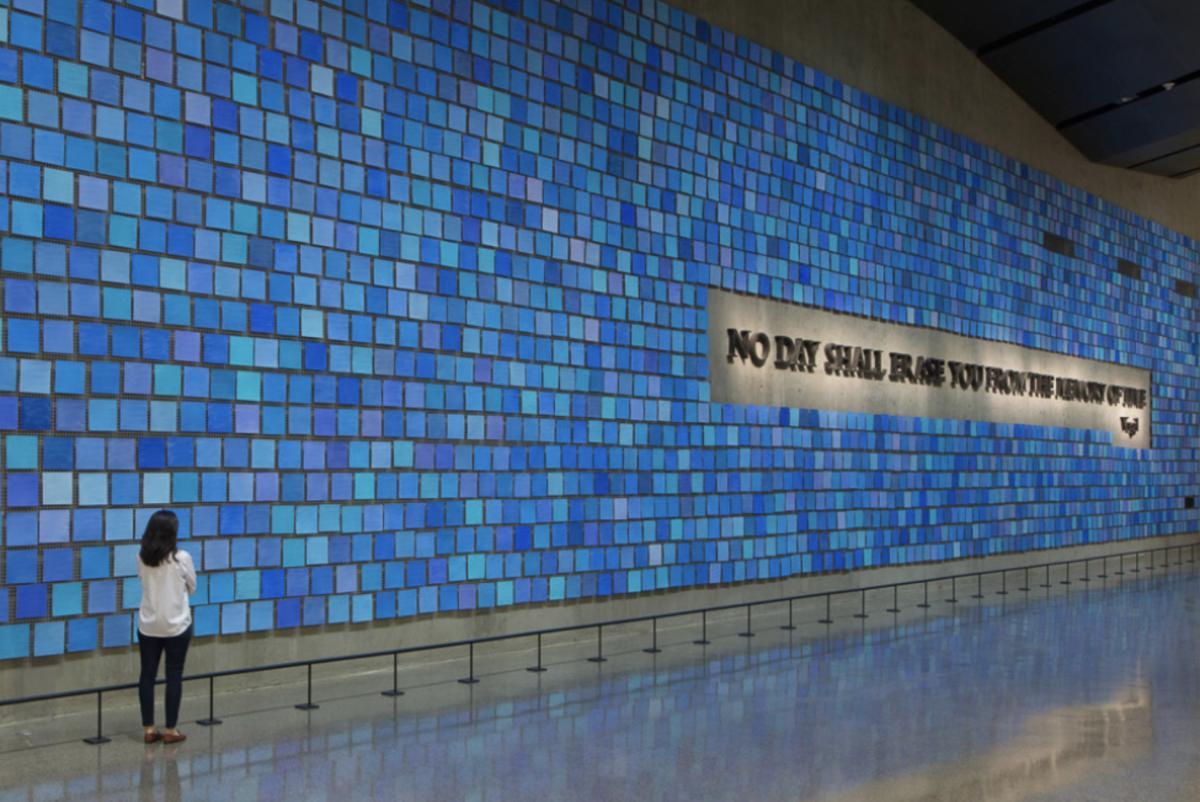



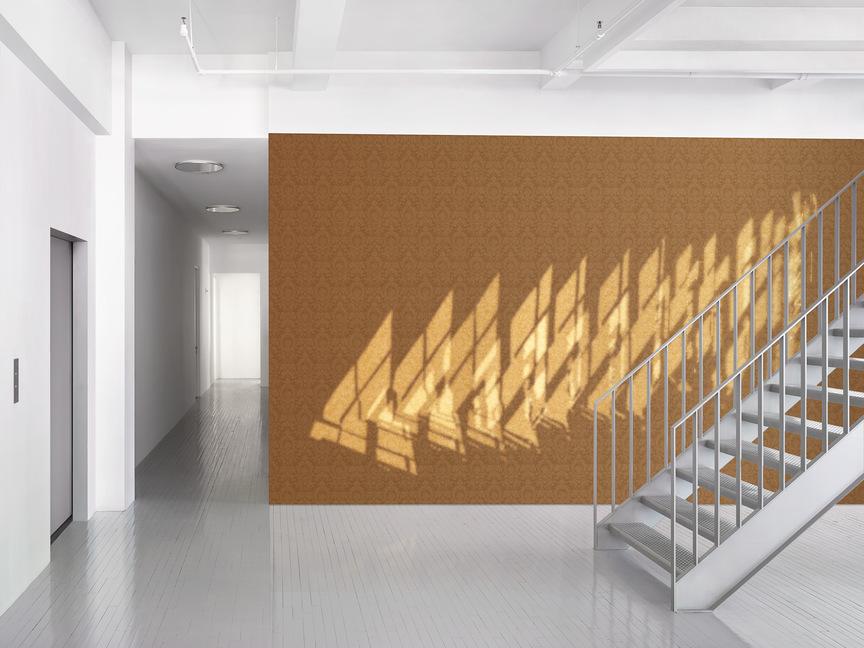
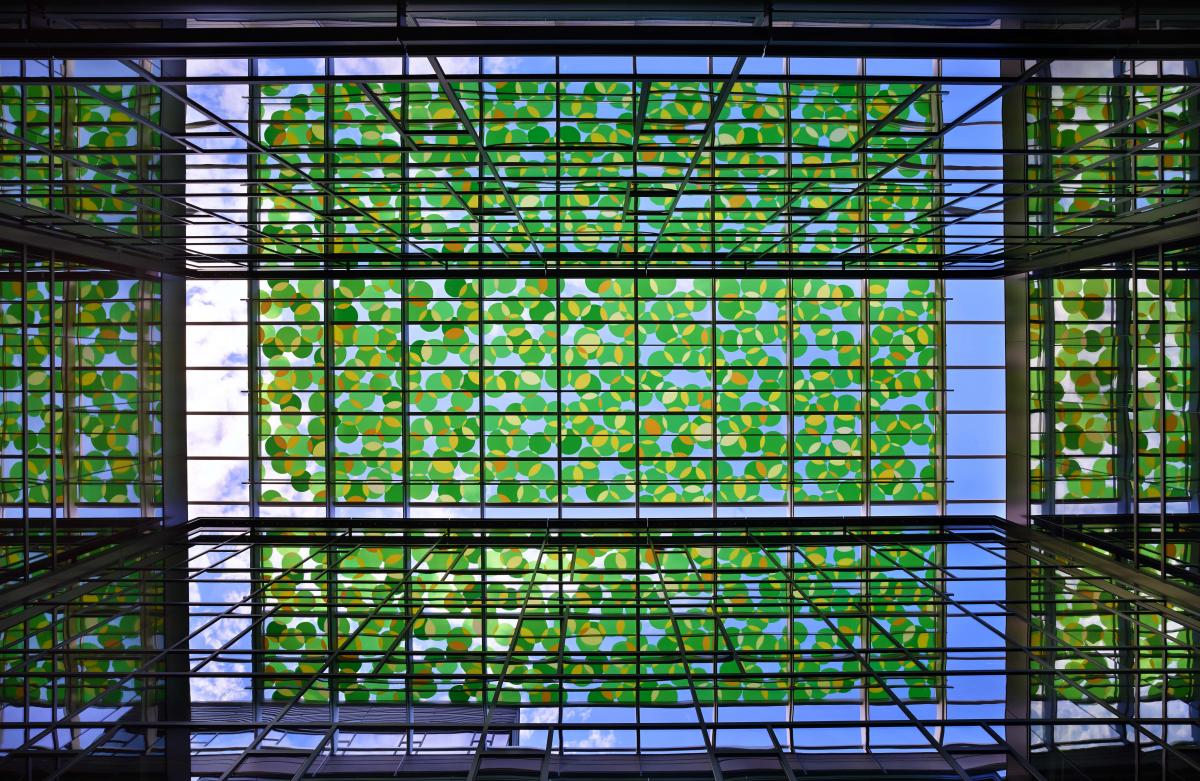
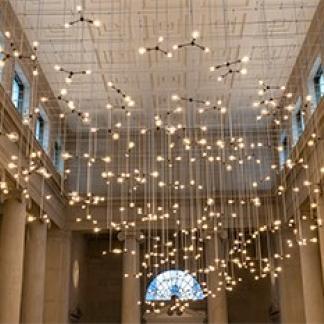

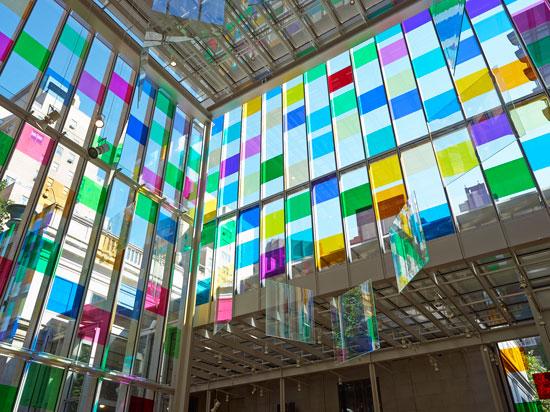
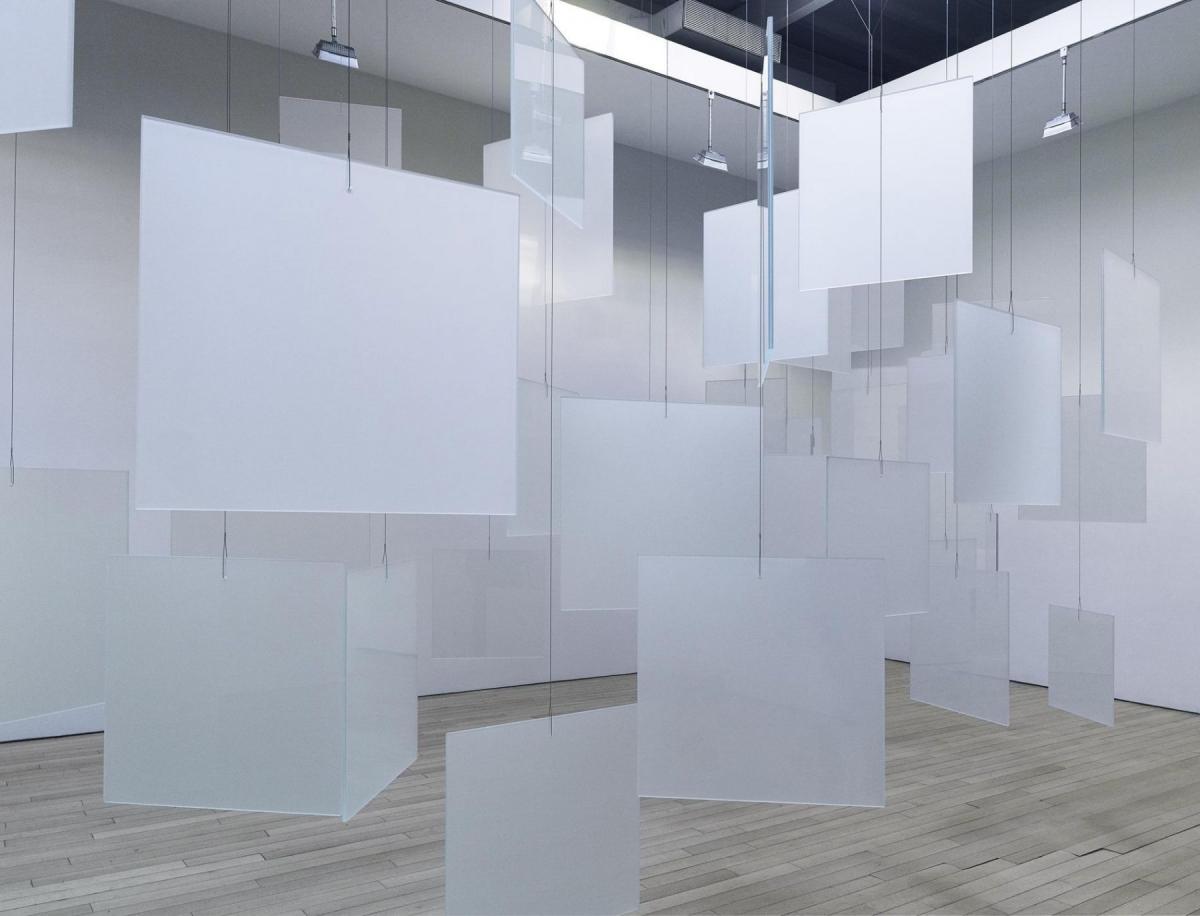
Carol Casey says
That was excellent. Thank you!